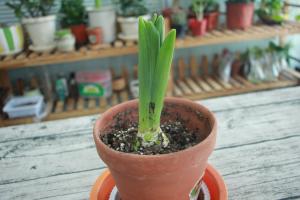Where do Water Treatment Plants Get Their Water?
Water is essential for life, and it is important to ensure that the water we consume is clean and safe. This is where water treatment plants come in. Water treatment plants are responsible for processing and supplying safe drinking water to communities. But where do water treatment plants get their water?
The Sources of Water for Treatment Plants
Water treatment plants can obtain their supply of water from different sources, depending on the location of the plant. Some of the common sources of water used for treatment include:
Surface Water: This refers to water that is obtained from rivers, lakes, and reservoirs. Surface water is typically the main source of water for treatment plants in urban areas.
Groundwater: This refers to water that is found underground in porous rocks or soil. Groundwater is typically the main source of water for treatment plants in rural areas.
Recycled Water: This refers to water that has already been used and treated, and is then reprocessed for use again. Recycled water is often used for non-potable purposes such as irrigation or industrial applications.
The Water Treatment Process
Once the water has been sourced, it undergoes a thorough treatment process to ensure that it is safe for consumption. The treatment process typically involves several stages, which include:
Coagulation and Flocculation: This involves the addition of chemicals to the water to make the impurities stick together and form clumps known as floc.
Sedimentation: The water is then allowed to sit for a period of time, so that the floc can settle to the bottom of the tank.
Filtration: Once the floc has settled, the water is filtered through various materials such as sand, gravel, and charcoal to remove any remaining particles and impurities.
Disinfection: Finally, the water is treated with disinfectants such as chlorine or ultraviolet light to kill any remaining bacteria, viruses, and other microorganisms.
Conclusion
Water treatment plants play a vital role in ensuring that the water we consume is clean and safe. These plants obtain their supply of water from different sources such as surface water, groundwater, and recycled water. The water then undergoes a thorough treatment process, which includes coagulation and flocculation, sedimentation, filtration, and disinfection. The end result is safe drinking water that can be consumed without fear of contamination.

 how many times do yo...
how many times do yo... how many planted tre...
how many planted tre... how many pine trees ...
how many pine trees ... how many pecan trees...
how many pecan trees... how many plants comp...
how many plants comp... how many plants can ...
how many plants can ... how many plants and ...
how many plants and ... how many pepper plan...
how many pepper plan...






























